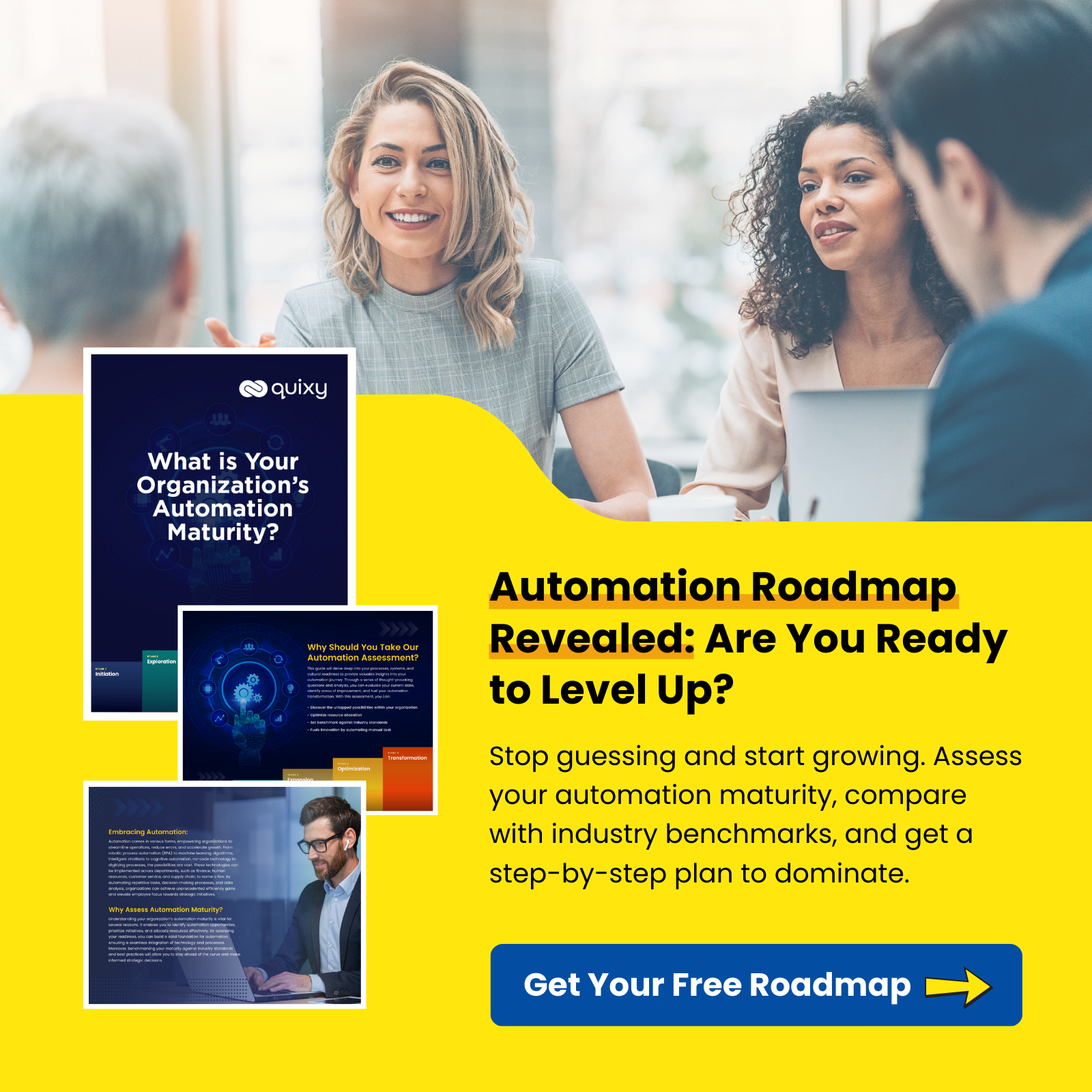
Reading Time: 3 minutes
This article was first published in eLearning industry.
In business history, leadership has always been associated with the human touch. Leaders were expected to inspire, strategize, make critical decisions, and, above all, connect with their teams on a personal level. While these qualities still hold immense importance, the age of automation is ushering in a new era of leadership—call it “Leadership 2.0.” Today, automation is reshaping the role of executives and what it means to lead in a world where Artificial Intelligence (AI) has become an important part of the business.
The Evolution Of Leadership
Leadership has continually evolved to cope with the needs and demands of different eras. In the industrial era, the leaders were like the leaders of worker armies in a factory. They were leading a huge group of employees working to produce the end goods. In the information age, the era of computers and data, leaders became visionaries, navigating the course for their organizations in the digital realm. Now, in the age of automation, it is undergoing yet another transformation. What is this transformation?
The Expanding Toolkit Of Executives
Automation, powered by technologies like Artificial Intelligence, Machine Learning, and robotics, has penetrated many aspects of business. It has automated routine tasks, enhanced decision-making, and improved operational efficiency. As a result, the role of executives, from the C-suite to middle management, is being redefined.
Today executives are no longer solely reliant on their intuition and experience. They now have a broader toolkit that includes data-driven insights and the assistance of intelligent systems. This empowers executives to make more informed decisions and optimize their strategic thinking. I have tried to compile some of these in the following list. The top three in this list are data-driven decision-making, enhanced efficiency, and collaboration with machines.
Also Read: AI and Automation: Challenges and Solutions
1. Data-Driven Decision-Making
One of the most significant transformations in Leadership 2.0 is the shift toward data-driven decision-making. Executives have access to an unprecedented volume of data that can inform and validate their strategic choices. Automation tools analyze this data to provide valuable insights and predictions.
Consider a CEO making a critical market expansion decision. In the past, this might have been based on market research and experience. Today, automation tools can process vast datasets, assess market trends, and forecast potential outcomes. This data-driven approach augments the executive’s decision-making, reducing uncertainty and enhancing the likelihood of success.
2. Enhanced Efficiency
Automation streamlines routine tasks, freeing up executive time for more strategic thinking and leadership. For example, automated workflows can handle administrative processes, leaving executives to focus on cultivating innovative ideas and fostering a company culture that encourages creativity.
3. Collaboration With Machines
Leadership 2.0 also involves mastering the art of collaboration with intelligent machines. Executives must understand how to effectively work alongside AI systems, treating them as partners rather than replacements.
Imagine a CFO using AI-powered financial analysis tools. Instead of merely relying on the AI’s output, the executive collaborates with the system, fine-tuning its algorithms, asking probing questions, and using the AI as a strategic tool to explore various financial scenarios. This collaborative approach ensures that the executive leverages the AI’s capabilities while still applying their human judgment and expertise.
One more in this list is the scalability of leadership. For example, today, with automation and AI-powered assistance, leaders can connect with a broader audience. The next item on this list is honing emotional intelligence. While AI can do a lot of your tasks, it can’t replace the essential human qualities. The ability to understand and connect with employees on a personal level remains a hallmark of effective leader. Last, but one of the most important, qualities of Leadership 2.0 is leading the way with ethics. Automation raises complex ethical and social questions; executives must provide ethical leadership. They need to navigate the ethical dilemmas associated with automation, from data privacy to workforce changes, and establish ethical guidelines.
Also Read: Achieving Efficiency Amid Automation Challenges: Expert Tips
The Future Of Leadership
Leadership 2.0 isn’t a departure from traditional leadership but an enhancement of it. It acknowledges the synergy between human intuition, creativity, and emotional intelligence, and the analytical power and efficiency of automation. Executives who embrace this new leadership can navigate the complexities of automation more effectively. They can leverage data-driven insights, inspire teams, and create a culture that adapts to the changing technological landscape.
Leadership 2.0 is not about replacing human leaders with machines. Instead, it’s about augmenting leadership with technology, data, and automation. The executives who thrive in this new era are those who adapt, embrace automation and strike a balance between data-driven decision-making and the emotional intelligence that makes leadership uniquely human.
As automation reshapes the world of business, it also reshapes the role of executives. They’re not just leaders; they’re innovators, data experts, and ethical guides. They’re the pioneers of Leadership 2.0, inspiring teams, and organizations to navigate the complex landscape of the automated future. In this age, leadership isn’t about what technology can do for you, but what you can do with technology. Leadership 2.0 is about synergy and evolution, and it’s defining the leaders of tomorrow.
Subscribe
Login
Please login to comment
0 Comments
Oldest
















